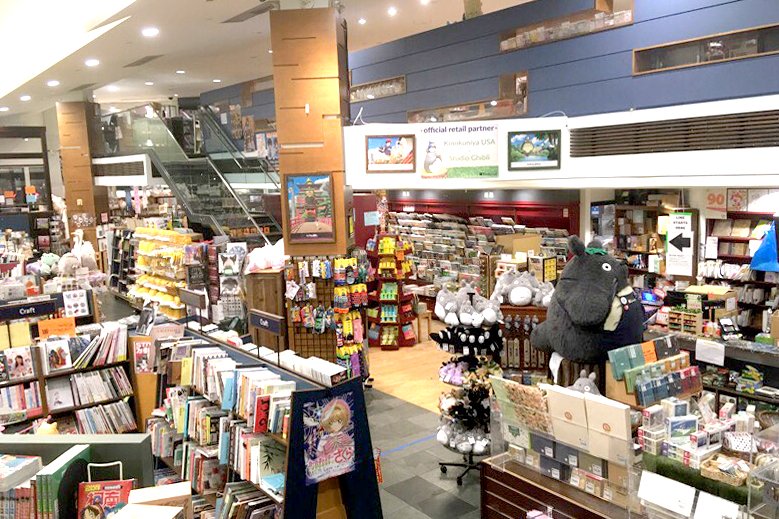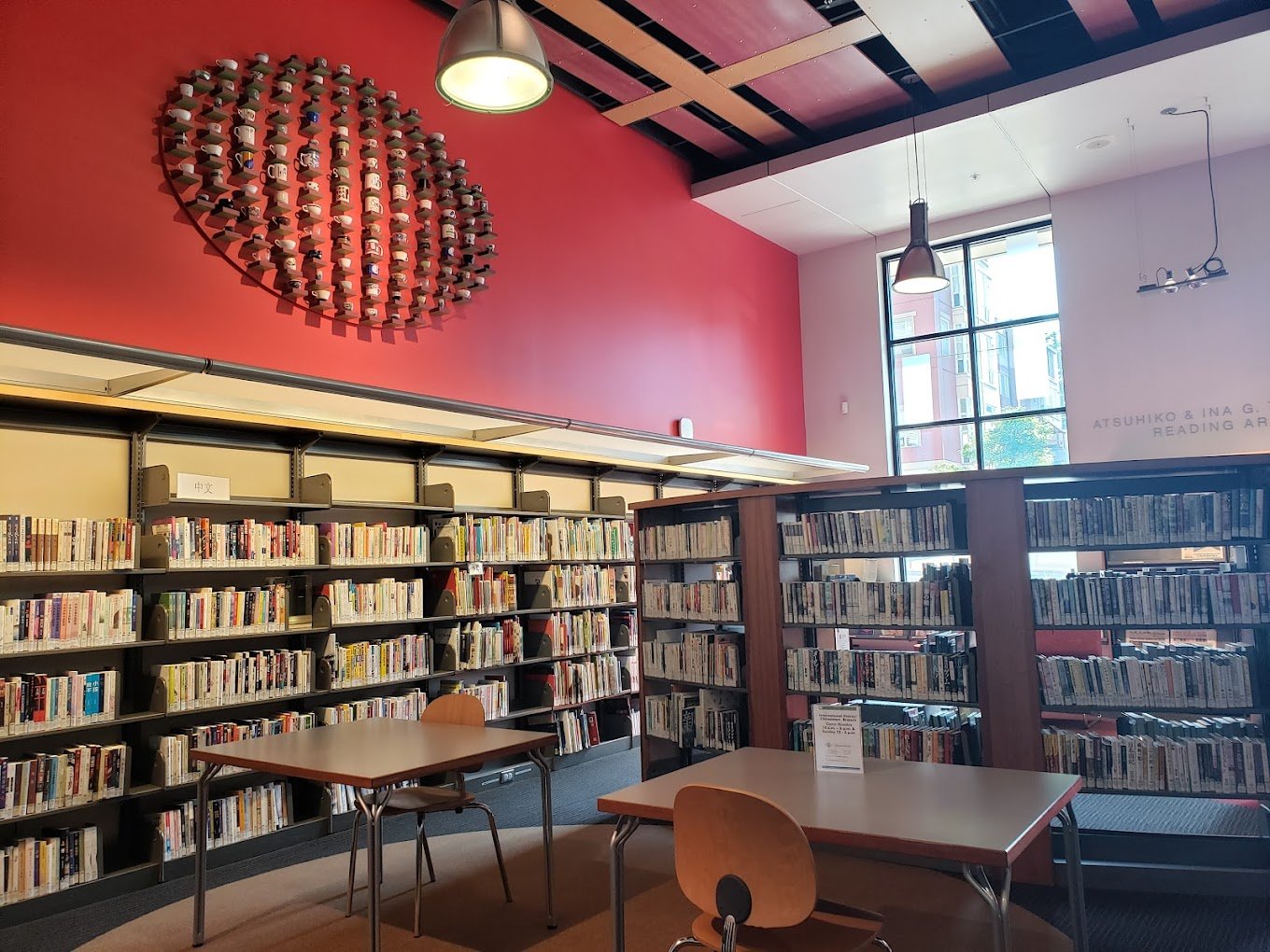International District/Chinatown Spotlight
International District/Chinatown Spotlight
Enjoy a cup of tea at the “Hotel on the Corner of Bitter and Sweet” after exploring the Wing Luke Museum or browsing at Kinokuniya. Or take a self-guided walking tour through the neighborhood inspired by this article co-published by the International Examiner and Crosscut.
Bookstores and Libraries
Kinokuniya Books
This Japanese bookstore chain is housed at Uwajimaya Village. They carry a large selection of books and magazines in Japanese, Chinese, and English, as well as K-POP CDs, local goods and more.
The Seattle Public Library International District/Chinatown Branch
This branch is part of a community center that includes affordable housing, retail, and a gathering space. “Wellspring” by Rene Yung features tea cups from local residents.
Galleries and Museums
Wing Luke Museum
The museum showcases the history, cultures, and art of Asian Americans, Native Hawaiians, and Pacific Islanders. They host numerous literary offerings including “Tateuchi Story Theatre” and a regular literary tour “Poetry, Voice and Detention.” Stop by their gift shop to pick up a copy of We Hereby Refuse: Japanese American Resistance to Wartime Incarceration.
General Interest
Panama Hotel and Tea House
Featured in Jamie Ford’s bestselling novel Hotel on the Corner of Bitter and Sweet, the Hotel and Tea Room is a National Historic Landmark. It has been restored to showcase the belongings of Japanese American families that were incarcerated during World War II. Stop by to enjoy a cup of tea.
People
Carlos Bulosan (c. 1913-1956) was an English-language Filipino writer best remembered for his semi-autobiographical America is in the Heart. In the 1930s Bulosan lived in the historic Eastern Hotel, which hosts a permanent exhibit in his honor.
“This is the greatest responsibility of literature: to find in our struggle that which has a future. Literature is a living and growing thing. We must destroy that which is dying, because it does not die by itself.”
Monica Sone (1919-2011) was best known for her memoir Nisei Daughter, which was the first published autobiography written by a Nisei woman. The book explores themes of Japanese American identity in Seattle and the U.S. government camp Minidoka. The Carrollton Hotel stood at this site until 1956. Sone’s father Seizo Itoi owned the hotel from 1918 until 1942, when the United States passed Executive Order 9066, and the family was sent to Minidoka.
“Shortly after, Father sold his little shop and bought the Carrolton Hotel on Main Street and Occidental Avenue, just a stone’s throw from the bustling waterfront and the railroad tracks.”
Victorio Acosta Velasco (1902-1968) was a pioneering Filipino American journalist, best known as the founder, publisher and editor of The Filipino Forum (1928-1969), a bi-weekly newspaper billed as the “Independent Organ of Filipinos in the Pacific Northwest.” Through the course of its long history it became one of the most influential and successful Filipino newspapers in the United States. This address, near the Historic Chinatown Gate, was the site of the original offices of The Filipino Forum.
“Shout aloud your merchandise, loud, louder,
till your frozen voice melts in the revelry of the party
that has been breaking silver glasses to awaken life
in their lives already made lifeless with sin”





